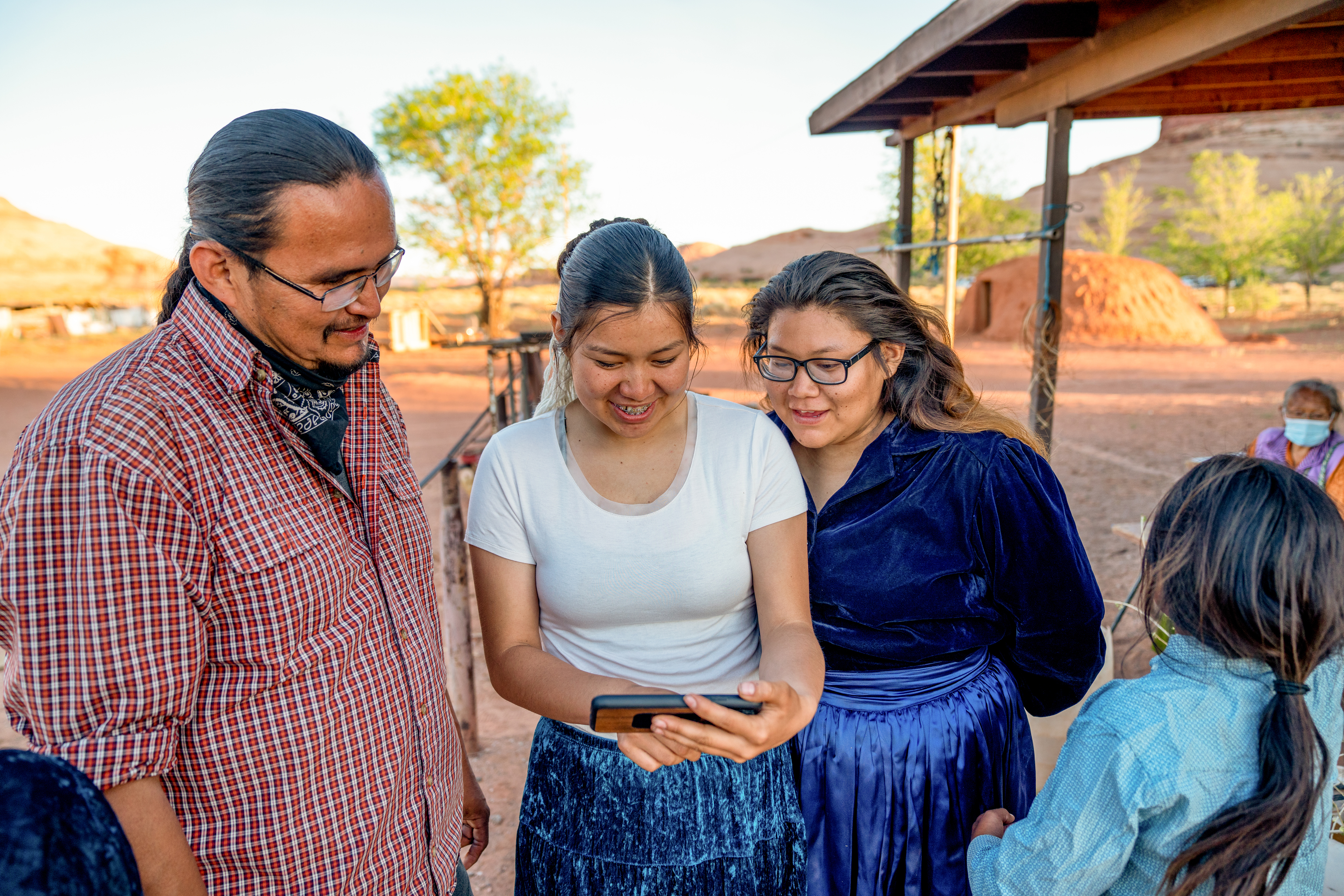AARP Hearing Center

California has a historic opportunity to expand access to affordable, reliable, high-speed internet to everyone in the state, no matter where they live or their circumstances. Access, however, depends on more than infrastructure. It also depends on ensuring internet service is affordable and that all Californians have the tools and skills to use it.
This past week, California’s Digital Equity Plan was approved by the National Telecommunications and Information Administration. The approval is the first step to unlock federal funding that can help underserved communities – including older Californians, veterans, low-income families, tribal communities, and people living in rural areas – connect to the internet.
High-speed internet is not a luxury; it is a necessity. Better connectivity allows individuals to navigate online government services, participate in virtual medical services, find and maintain employment, meet daily needs and connect socially. In short, it improves quality of life and helps adults age safely in place.
The Digital Equity Plan was developed after intense collaboration with stakeholders, partner organizations and public participation. Through that work, the California Department of Technology found that while California has made significant strides in recent years to close digital gaps, it continues to face numerous challenges, especially in rural areas. They found over 450,000 unserved and underserved locations in the state, and 61% of state survey respondents identified cost as the primary barrier to obtaining home internet service. Additionally, one-third of households that do not subscribe to the internet don’t do so because nobody in the household has a desktop, laptop or tablet.
AARP California, on behalf of our 3.2 million members, applauds the approval of the state’s plan to expand high-speed internet access and adoption. We look forward to working with the California Department of Technology and other key stakeholders toward successful implantation of the California Digital Equity Plan to close the digital gap.
With the Digital Equity Plan serving as the blueprint to end the digital divide, California will pursue efforts to improve overall broadband access, affordability, digital skills, access to devices, and sustain these efforts over time. This is no small task.
While putting this comprehensive state plan together is a commendable start, there is still much work ahead. Like other traditionally underserved groups, too many older adults have been left behind for too long. We must maintain our focus on ensuring internet affordability. As California’s plan demonstrates, wires alone can’t solve the problem of connectivity, which is why AARP remains committed to the continuation of the federal Affordable Connectivity Program that provides direct support to Californians to help them afford internet service.
Eligible households can receive a benefit that provides a $30-$75 per month discount on the cost of high-speed internet. For many families, that can cover the entire cost of their service. There are over 2.9 million California households on the Affordable Connectivity Program and over 45% of these are headed by a resident 50 or older.
Right now, the program is at risk of running out of money in May. As California – working in collaboration with regional and local partners – works to close the digital divide, it’s our hope that Congress will maintain this critical program. Older adults in California are counting on action.































































